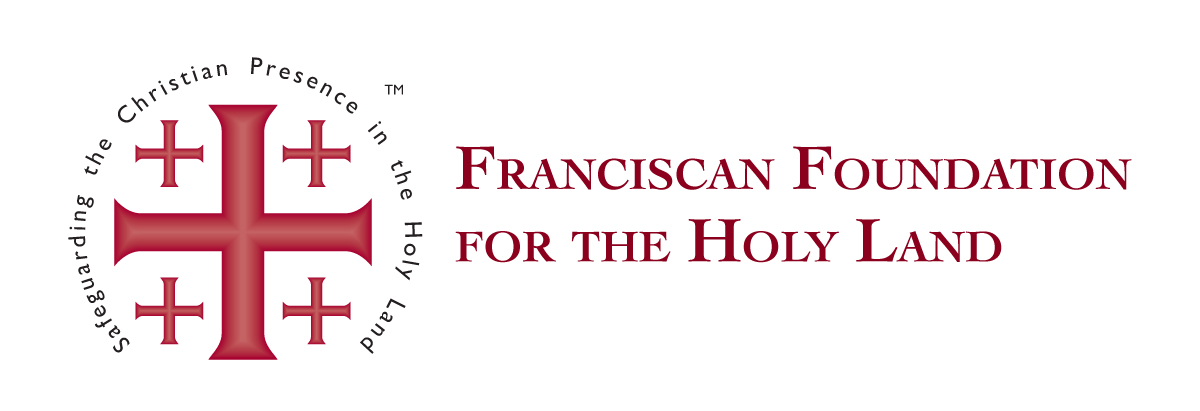Two major celebrations take place at the Basilica of the Annunciation in Nazareth every March. The Solemnity of Saint Joseph, Spouse of the Blessed Virgin Mary on the 19th and the Solemnity of the Annunciation on March 25th. As these Solemnities are typically celebrated during Lent, and there is no fasting on feast days, some of the somberness of the Lenten season is lifted during these joyous celebrations. Both of these Solemnities are celebrated with High Masses officiated by the Custos of the Holy Land (St. Joseph’s Day) and the Latin Patriarch of Jerusalem (Feast of the Annunciation).
The Basilica of the Annunciation that one can visit today was was consecrated on Sunday, March 23, 1969, though ancient structures honoring the life of Jesus have been in the same spot since before the 4th century. It was at this point that the Emperor Constantine ordered a larger structure to be built at that spot.
There are written sources from both anonymous and named pilgrims to the site who testified to the “House of Mary” and to the church built over the place where Mary was visited by the Archangel Gabriel. Non-Christians also wrote of the veneration of the holy site by Christians, such as the Arab historian al Mas’udi in his writings from 943. However, due to the Muslim occupation of the area, it wasn’t until the 11th century that a larger basilica was built, capable of housing the numerous pilgrims to the area.
Throughout the centuries, the occupation of Nazareth changed hands frequently, and for many years the Grotto of the Annunciation was the only place accessible to pilgrims. In 1730, the Custos of the Holy Land was granted permission to build a new church on the site, which was consecrated on October 15 of that year. This church remained undisturbed until the early part of the 20th century, when it was proposed to Pope Puis IX that a larger church more worthy of honoring the Mother of God be built upon that spot. Plans were discussed, but official demolition of the current church, followed by new construction did not commence until 1954 – the centennial of the proclamation of the dogma of the Immaculate Conception. Fifteen years later, the shrine was consecrated.
Today’s church was built on the footprint of the Crusader church and honors the unbroken line of veneration of Our Lady by leaving the ancient ruins exposed.
- Homage is paid to Mary as Mother of us all by the beautiful mosaics from many countries around the world.
- The lower part of the basilica houses the grotto where Mary proclaimed her Fiat.
- The upper basilica unites seamlessly with the lower basilica through the opening connecting the two, allowing visitors in the upper section to view portions of the lower while worshippers in the grotto have an unobstructed view of the beautiful dome drowning the upper basilica.
This dome is made of panels arranged in a pattern to imitate the petals of a lily – honoring Mary through this symbolism and is flooded with natural light through the numerous windows and a central opening.
Nearby stands the 1914 church in honor of St. Joseph, also known as the church of the Nutrition, though there are accounts of churches on this site since the 7th century. Like the Basilica of the Annunciation, this church was also built on the medieval foundation, though raised above the original floor, so the crypt containing underground grottos and a mosaic tiled bath can still be seen.
The Franciscans have been in Nazareth throughout the centuries, guarding the Church of the Annunciation through permission from the Sultan since the 16th century. In 1620, Druze Emir of Sidon officially donated the grotto to the Custos. Today, there is a thriving parish community as well as a pilgrim guest house and the Franciscan Terra Sancta College, which educates both Christian and Muslim students.
Learn more about Nazareth and the churches honoring the family of Jesus by watching the video below:
http://www.cmc-terrasanta.com/en/video/nazareth-the-flower-of-galilee-6975.html


